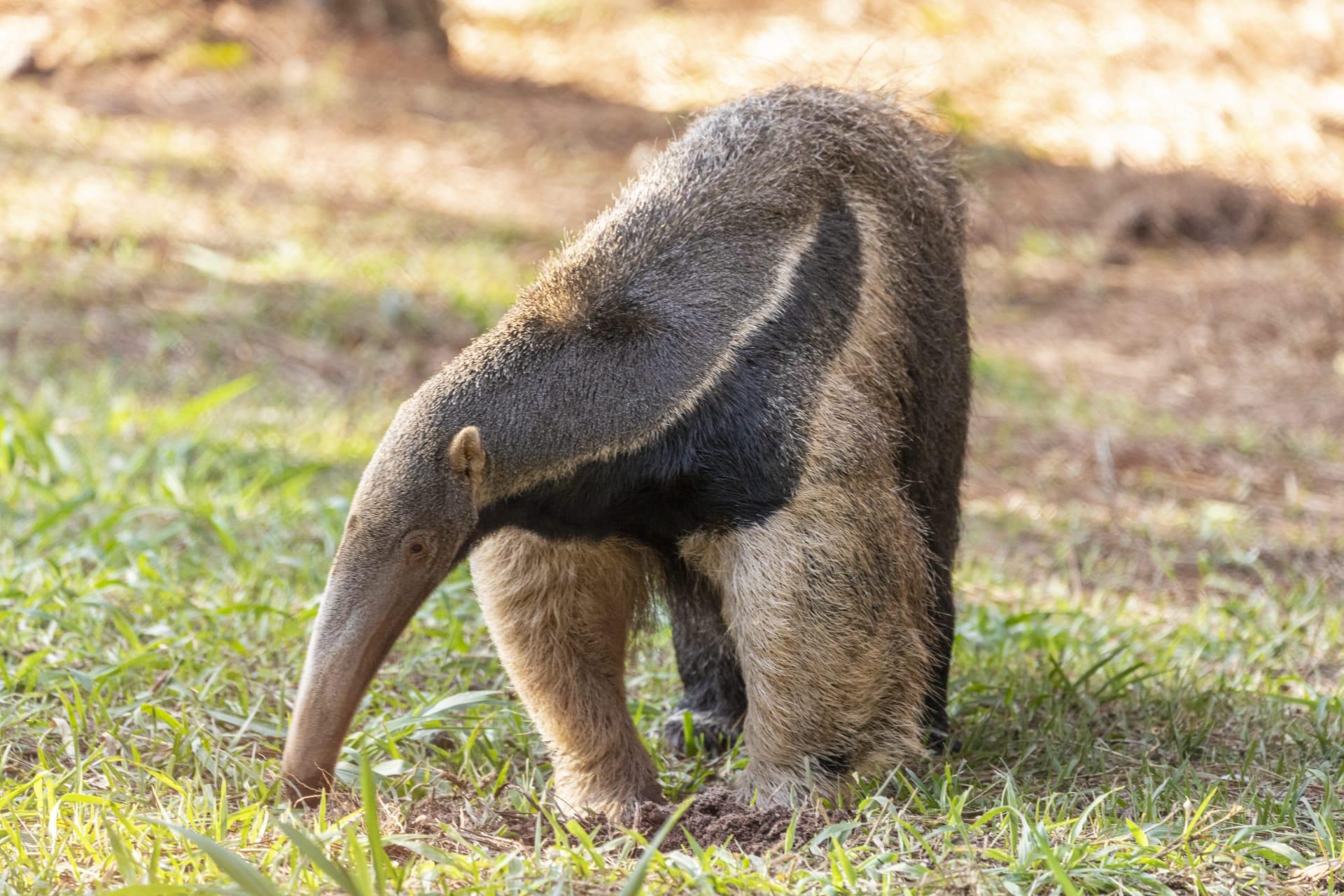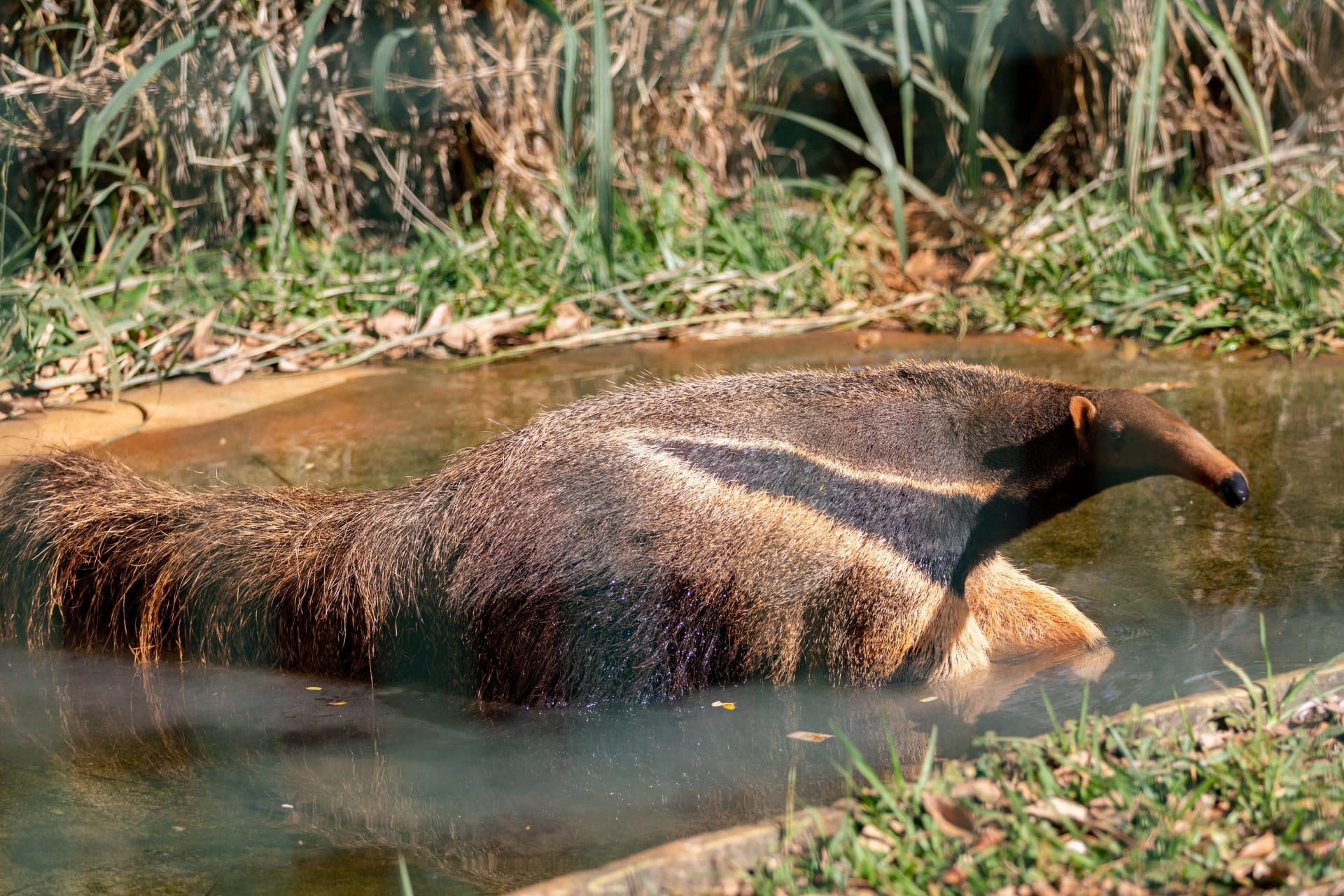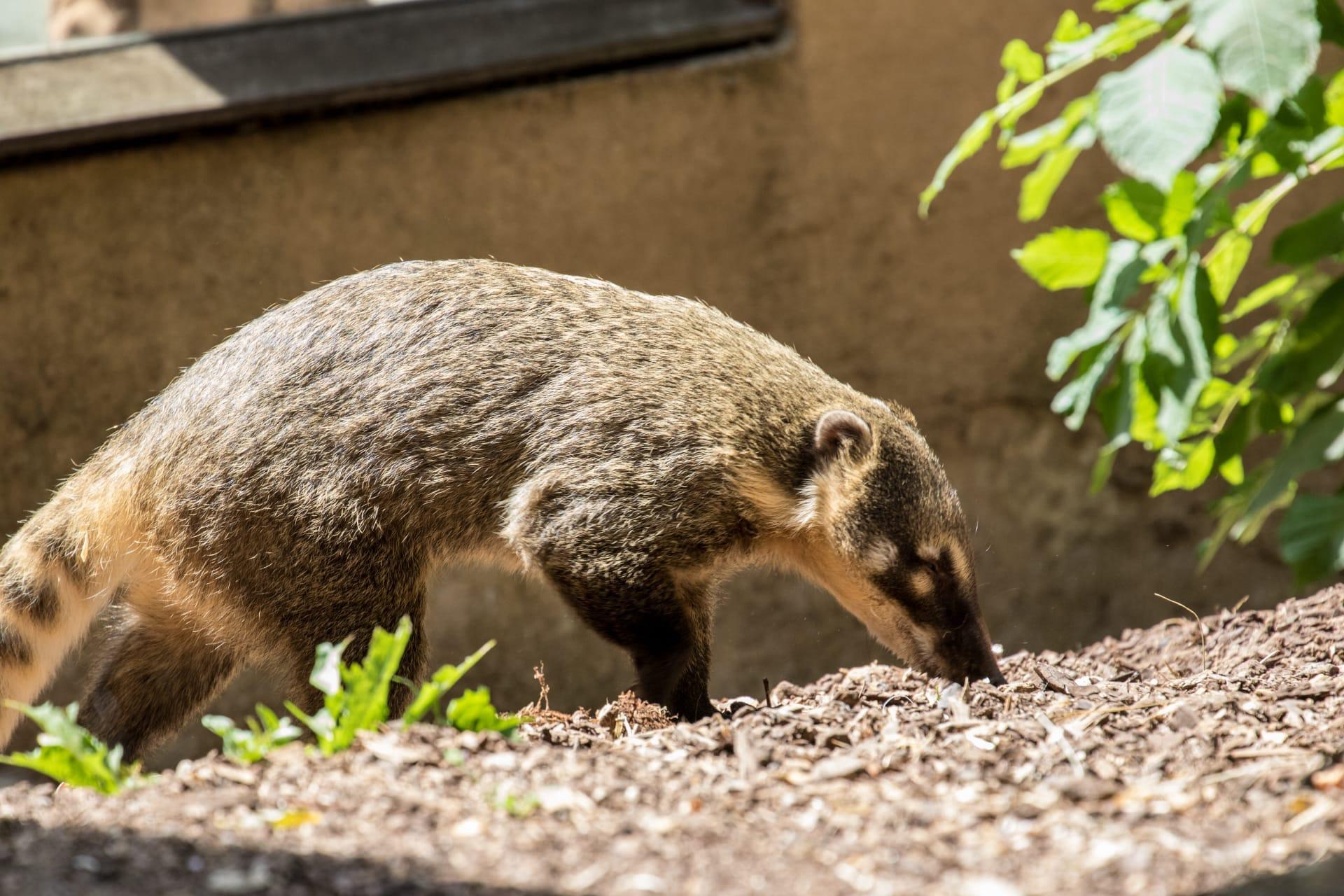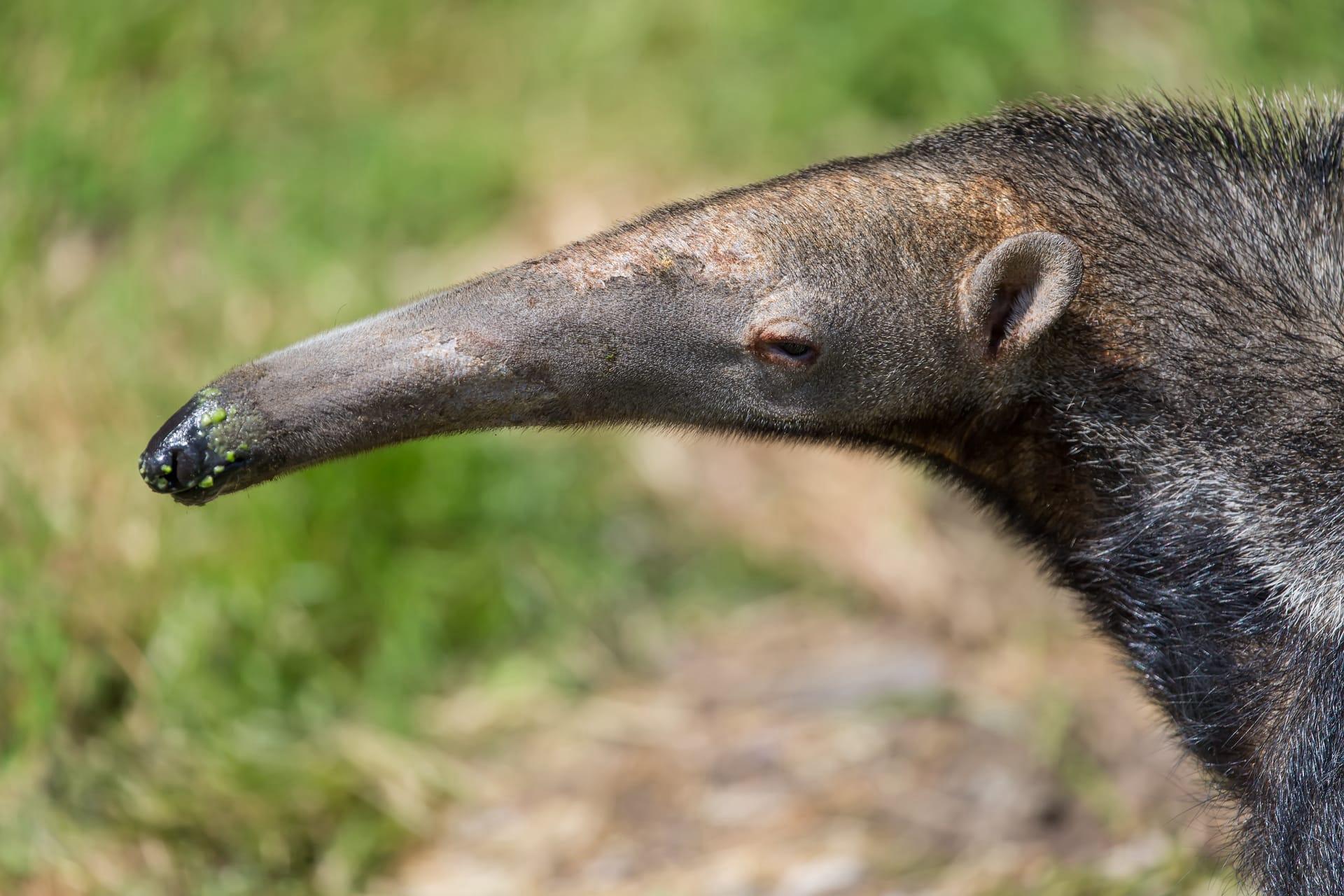Anteater
- Home /
- Mini Encyclopedia /
- Animal /
- Anteater
1
Anteaters, fascinating creatures of the mammalian order Pilosa, are grouped into the suborder Vermilingua. This classification highlights their worm-like tongues, a defining feature. Among the four distinct species, the Giant Anteater (Myrmecophaga tridactyla) stands out due to its size, while the Silky Anteater (Cyclopes didactylus) is known for its smaller stature. The Northern Tamandua (Tamandua mexicana) and the Southern Tamandua (Tamandua tetradactyla) fall in between these extremes in size. Each species exhibits unique physical characteristics and adaptations, making them distinct within the Vermilingua suborder.
Anteaters are predominantly found in Central and South America, thriving in a variety of habitats like rainforests, grasslands, and savannas. The Giant Anteater, with its impressive size, roams across open and forested areas of Brazil, Argentina, and Paraguay. The Silky Anteater prefers the dense canopy of tropical rainforests, primarily seen in countries like Mexico, Ecuador, and Brazil. The Northern Tamandua inhabits the forested regions of Central America, extending southward to Peru and Venezuela. In contrast, the Southern Tamandua's range spans from Venezuela to Northern Argentina, adept at living both in trees and on the ground.

2
Question: Do anteaters eat only ants?
Answer: While their name suggests a diet exclusively consisting of ants, anteaters actually have a more varied diet. These creatures primarily consume ants and termites, but the proportion varies among species. The Giant Anteater, for instance, can consume up to 30,000 ants and termites daily. However, they also ingest other insects and even small amounts of fruit found during their foraging. Their diet is adapted to their habitat, and while ants and termites form the bulk of their intake, they are not the sole components.

3
Anteaters have evolved several survival strategies to thrive in their environments. Their elongated snouts and long, sticky tongues, which can extend up to 60 centimeters, are perfectly adapted for reaching into ant and termite mounds. This physical adaptation minimizes the time they spend exposed to potential predators. Additionally, their sharp claws are not just for digging into insect nests; they also serve as a formidable defense mechanism against predators. Anteaters also have a low metabolic rate and maintain a low body temperature, around 33 degrees Celsius, which helps conserve energy—a crucial adaptation for animals whose diet consists of low-calorie foods like ants and termites.
Camouflage and stealth also play a vital role in the anteater's survival. Their fur, especially in species like the Giant Anteater, is patterned and colored to blend in with the surrounding environment, aiding in hiding from both prey and predators. Despite their size, anteaters are surprisingly adept at moving silently through their habitats, further enhancing their ability to avoid detection.

4
In the ecosystem, anteaters play a crucial role in controlling insect populations. By feeding on ants and termites, they help maintain a balance in the insect community, preventing overpopulation and the potential destruction of vegetation. This insect control is vital for the health of many ecosystems, particularly in tropical and subtropical regions where these insects can become overwhelming.
Their digging activities also contribute to the ecosystem. When anteaters dig into termite mounds or ant hills, they aerate the soil, which improves soil quality and nutrient cycling. This activity can also create microhabitats for other small creatures. Furthermore, their role as prey for larger predators like jaguars and pumas is significant in the food chain, contributing to the biodiversity and ecological balance of their habitats.

5
Film: "Anteaters: Nature's Tongue Twisters" (USA, 2019) offers a captivating insight into the world of anteaters. This documentary delves into the unique physical characteristics and behaviors of these creatures, showcasing their adaptations and survival strategies in diverse habitats across Central and South America.
Book: "The Secret World of Anteaters" by William Hartston (UK, 2020) is an enlightening read. Hartston, a renowned zoologist, explores the intriguing lifestyle, diet, and ecological importance of anteaters, blending scientific facts with engaging anecdotes.
Book: "Anteater Ecology and Conservation" by Maria Gomez (USA, 2018) provides a comprehensive look into the challenges facing anteaters in the modern world. Gomez, an ecologist, discusses the impact of habitat loss, climate change, and human activities on anteater populations, offering insights into conservation strategies.